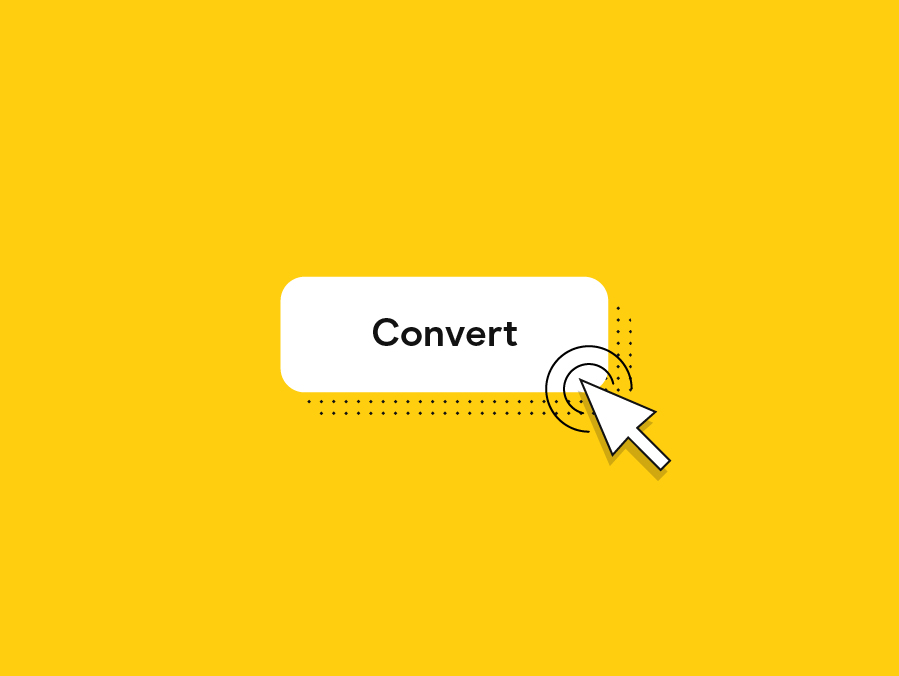The newest version of Google Analytics (GA) and its fourth major release, GA4, will become the only available option for analytics tracking when Universal Analytics (GA3) becomes defunct on July the 1st 2023. In order to track any and all engagement that occurs across website & apps, GA continues to be a strong favourite amongst marketers and stakeholders alike.
Why has GA4 been created?
Due to the recent implementation of privacy laws such as General Data Protection Regulation (GDPR), GA4 has been developed to really home in on customer privacy. Since GDPR and the introduction of mobile apps and their place in today’s market, the older version of Analytics (released in 2012) has not kept up with the times and the market’s analytical needs, the solution: GA4.
GA3 v GA4 – The main differences
The differences between Universal Analytics and GA4 seem plentiful, as the reporting interfaces are very different at first glance. This is only due to the fact that most of the metrics we have become familiar with in the older version have either been replaced or removed entirely. It also appears on first glance that there’s far fewer reports in GA4 than that of UA, but this is due to the fact that GA4 reports are mostly generated once you start tracking events that require some manual setup – so there’s no need to worry in this regard.
Perhaps the biggest difference between the old and new versions is, as just mentioned, the fact that GA4 will allow for tracking on both website and apps, whereas the previous version of the property only allowed for tracking on websites (the need for tracking via both routes is imperative with the use of applications growing exponentially over the past few years). The way in which GA4 measures metrics is also vastly different from its predecessor and now allows for the measurement of events and parameters, all of which can be created to tailor to any one business’ needs, giving the user more freedom and control on the information they wish to analyse.
What are the main benefits of GA4?
Having the ability to track a user that visits on their mobile, comes back on desktop and then purchases, registers or downloads through the app is a new feature on GA4, as it is now focused more on the user’s end to end journey and all of the events that may occur from start to finish. One of the most important benefits of the new version is the pre-made events that come as standard in the property, whereas setting the very same measurements up in UA would have taken quite some time and would have required manual set up. The list includes, but is not limited to, clicks, scrolls, first visits and file downloads – these can all be switched on from the get go in the admin section under ‘enhanced measurements’.
GA4 also has new predictive metrics. These will allow you to make data-driven decisions on a larger scale, helping you to better understand your audience. You will be able to create audiences based on predictive behaviours, using the new predictive AI feature, allowing you to then target those audiences in a Google Ads campaign or on social media.
The use of GA4 doesn’t just stop at its own interface. Businesses are able to pull and blend data from Analytics (and all other marketing platforms and sales tools), keeping information live and robust with all metrics and dimensions needed to monitor performance. GA4 works well when integrated with Google Data Studio (Looker Studio) and tools such as Supermetrics, but this list is not exhaustive. The finished product of client facing dashboards are sleek and easy to use, giving considerable insight into performance.
The additional level of insights that can be gathered using GA4 helps us to better understand user behaviour on our apps and websites. Being able to track users across multiple devices gives us added insight to be able to understand user journeys and paths to conversion from multiple sessions. This is invaluable when organisations look to define their UX strategy and optimise conversion rates.
Why is it important to switch over right now?
As previously stated Universal Analytics will no longer receive any data from your website as of July this year, making it a top priority for your business to transition to the new GA4 sooner rather than later to ensure continuity in reporting. It would be suggested to have this done by July 2022 to have a full year of data already loaded onto the new property, but since this date has long since passed, there is no time like the present to make the switch.
For six months after the switch over to GA4, you will still be able to access historical data in your GA3 property and it is strongly advised that you export your historical reports during this period. After this period passes, there will be no way for you to view anything on GA3, so preparation is key.
Getting your brand GA4 ready
If you need help with getting the most out of what GA4 can deliver, get in touch with our specialist team by calling us or filling in the form below.




